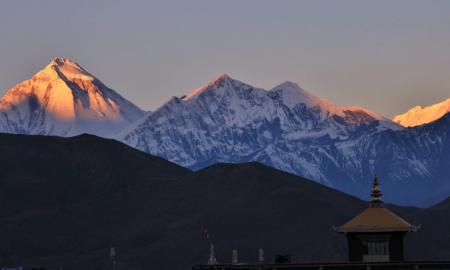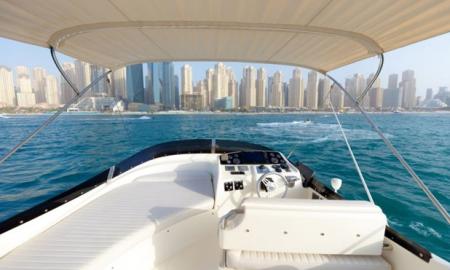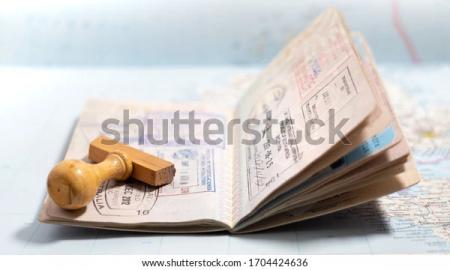Mount Kilimanjaro treks are popular with experienced climbers and rookies alike. It’s worth including in your bucket list too. As the Sevens Summit shows, there isn’t a higher peak in Africa than Mt. Kilimanjaro. Climbers can take various routes to the summit, namely:
- Lemosho Route: The route allows climbers to begin their ascent on the heaths and winds below before climbing past various climate zones before reaching the arctic zone that’s next to Uhuru Peak.
- Machame Route: It’s one of the mountain’s most popular routes with climbers.
- Marangu Route: It also goes by the name “Coca-Cola” Route. Its permanent huts offer climbers additional comfort.
- Rongai Route: This route passes right between two volcanoes – Mawenzi and Kio – and is the only one that climbers can take to access the mountain from the north.
- Umbwe Route: This remains the shortest route and the most ideal for climbers who dislike huge crowds.
- The Northern Circuit Route: This route stands out by virtue of being the newest and acting as the longest trek to famous Uhuru Peak while offering fantastic night views.
Feel free to choose any of these routes. One of the factors to consider before settling on any route is how much does it cost to climb Kilimanjaro.
The simplest answer to this question is it will cost you between $1,400 and $7,000+ to satisfy your craving for a bit of adventure. The sum of $1,400 is for climbers looking for super budget options. It comes without any accommodation. It only offers climber low-quality tents. The price is minimally safe thus worth avoiding as it’s dangerous for your safety. A trip worth $1,400 may be attractive but isn’t comfortable. That said, you don’t have to pay $7,000 to enjoy all that the Kilimanjaro trek has to offer.
Travel Expenses
Flight expenses are not worth spending too much time talking about in your final list of expenses. That said, you should be ready to pay at least $900 for a round-trip ticket from Kilimanjaro International Airport to Europe. A similar ticket from Australia and North America will cost you $1,200 and $1,500 respectively.
Moshi remains the nearest town to Mt. Kilimanjaro. It lies about 40kms (or 24miles from JRO). Your Kilimanjaro trek is more likely to start from this base. Tour operators charge you fees for airport transfers between your accommodation prior to and after each Kili trek.
Expect the fees for accommodation to include spending a night in a Moshi lodge before and after you embark on the trek. This fee appears on the tour price too and can cost you between $80 and $90 if you booked via using the travel agent. Climbers who don’t book this way have to pay $120+. The prices are only applicable for 1-night stays in 3-star hotels.
Check the tour price for information on accommodation at Mt. Kilimanjaro. It revolves around sleeping mats, huts/tents, camping equipment, utensils and cooking materials. A sleeping bag is not part of this fee. Several trekking routes to the mountain exist but Marangu is the most exceptional for various reasons. First, it’s the only one that houses you in simple A-frame huts. In the rest of the routes, accommodation is in tents.
Tour Expenses
The law requires all climbers to proceed with the trek only in the company of a guide. DIY tip sounds cheaper but you will discover the impossibility of hauling all the supplies you need for the week up the mountain without any assistance. That’s why you need the help of a tour operator. The operator organizes all the help you need to get to the top of the mountain and back down again with all your supplies. They coordinate this with guides and other crewmembers too.
A registered guide should be part of the crew. A cook and a few porters are also mandatory. The porters’ job includes carrying stuff that includes your backpack. Guides are experienced in first aid and using oxygen equipment. They are highly experienced having served for many years and have reached the summit multiple times. Cooks supply climbers with a minimum of three liters of fresh water every day. The tour price also includes three meals, water, and hot drinks each day. The tour price also features the salaries the crewmembers earn though most clients supplement these with tips.
Climbers pay specific fees and charges too. Fees are only second to tour price in terms of single massive expenses climbers have to pay. Climbers have no choice than to pay these fees and charges if they hope to earn admission into Kilimanjaro National Park. Each climber pays around $120 per day. Climbers whose tours take six days will pay a total of $700 (including camping) or $750 if they prefer the Marangu route. Camping fees and rescue fees appear under “fees” too. Tanzanian law recognizes all these fees and charges.
Never compromise on your safety. Take your safety seriously if you expect to get to the summit while dry, safe, warm and with the help of professionals who ensure you do this in the most fun-filled way possible. Select tour operators based on:
- Their experience as guides
- How they pay/treat the porters working for them
- References and reviews by other successful climbers
Gear
An operator provides camping gear that includes sleeping mats, tents, cutlery, crockery, director-style chairs and dining table.
Climbers have to bring their own personal fear such as outerwear, thermal underwear, and rainwear. They should also carry warm sleeping bags, worn-in hiking boots, and backpacks. Daypacks are also worth carrying. Climbers should never forget their personal items such as extra warm clothes, snacks, and lip balm either. Rent most of these items at reasonable rates in Moshi.






